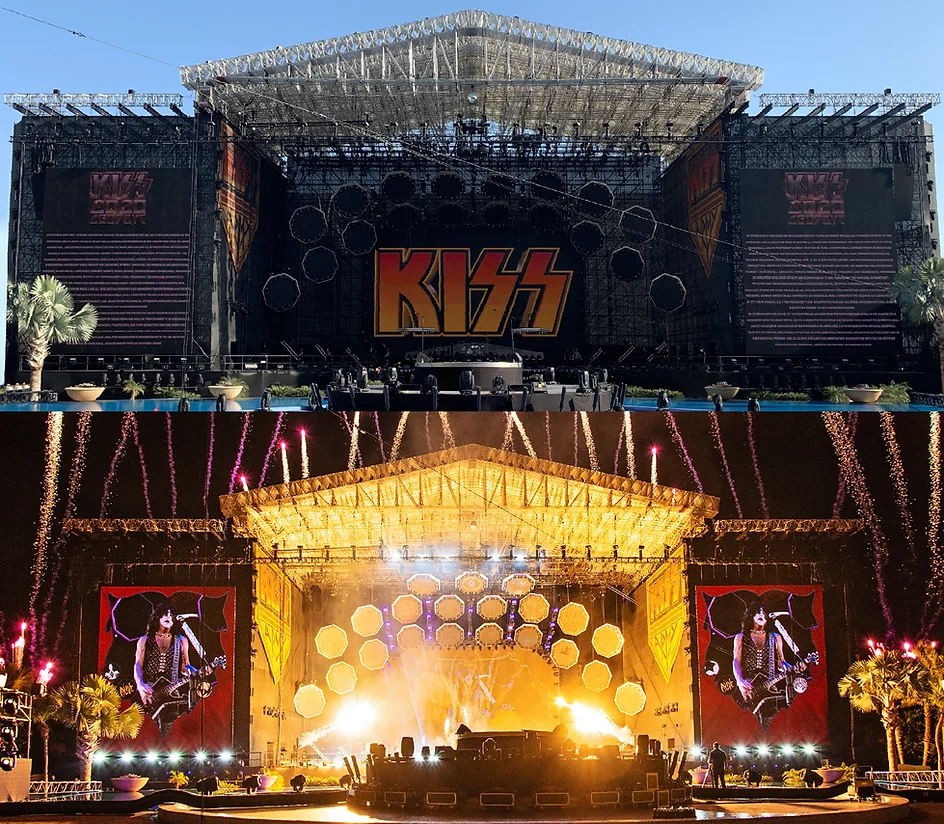Selecting the appropriate stage size is crucial for the success of any event. Whether you’re organizing a small gathering or a large-scale production, the stage rentals for events works as the focal point for performers and speakers, shaping the overall atmosphere and audience experience.
Understand venue constraints:
Begin by assessing the venue’s space limitations and layout. Consider factors such as ceiling height, floor space, and any architectural features that may impact stage placement. Measure the available area carefully to ensure the stage fits comfortably within the designated space without obstructing sightlines or impeding audience circulation.
Evaluate event requirements:
Next, evaluate the specific requirements of your event. Consider the number of performers or speakers who will be on stage simultaneously, as well as any additional equipment or props that need to be accommodated. If your event includes performances with elaborate stage setups or large ensembles, opt for a larger stage to provide ample space for movement and staging.
Consider audience visibility:
Audience visibility is paramount when choosing the size of your stage. Ensure that all attendees have a clear line of sight to the performers, regardless of their seating location. Avoid placing the stage too high or too far from the audience, as this can detract from the intimacy and engagement of the event. Opt for a stage height that balances visibility with accessibility for performers.
Factor in production needs:
Take into account the technical requirements of your event, including lighting, sound, and visual effects. Larger stages provide more space for equipment setup and backstage operations, allowing for smooth integration of production elements. Consult with technical experts to determine the optimal stage size based on the complexity of your production and the equipment needed to execute it effectively.
Balance aesthetic and practical considerations:
Strike a balance between aesthetic appeal and practical functionality when selecting the size of your stage. While a larger stage may improve the grandeur of your event, it also requires additional resources for setup, decoration, and maintenance. Consider the overall theme and ambiance you wish to create, ensuring that the stage size complements the overall design scheme and improves the audience experience.
Anticipate future needs:
Lastly, anticipate future needs and growth strength when choosing the size of your stage. If your event is part of a recurring series or has the power to expand in the future, opt for a stage size that allows for scalability and flexibility. Investing in a versatile stage platform that can be easily adjusted or expanded will save time and resources in the long run.
